In Photos: Recreating 220-Year-Old Beer Found in Shipwreck
Back in the kitchen
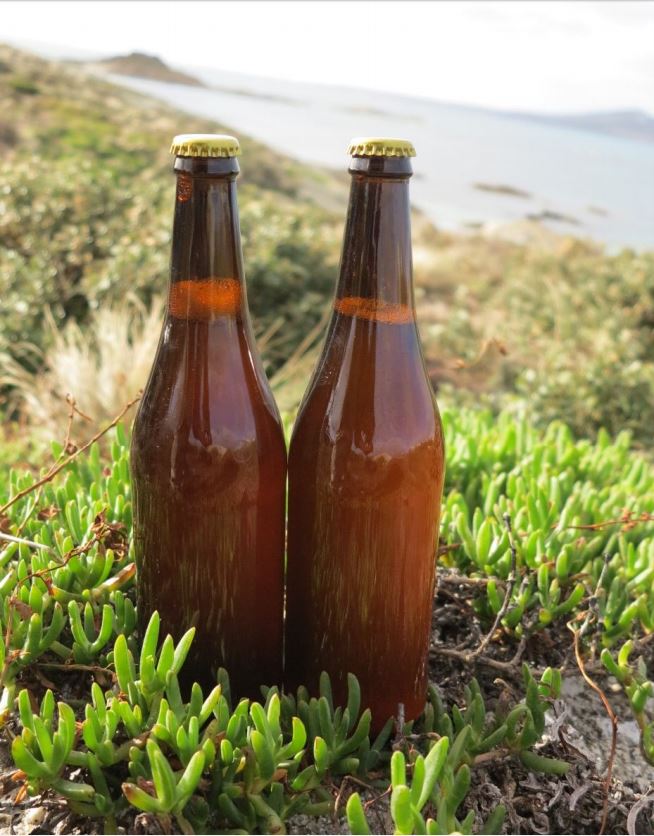
An international team of scientists has recreated a 220-year-old beer recipe using live yeast recovered from a bottle found in an 18th-century shipwreck in Australia.
The researchers have dubbed their reanimated brew "Preservation Ale," after Preservation Island, where the crew of the British trading ship Sydney Cove was shipwrecked in 1797. [Read full story about the recreated beer]
Survival plans

The Sydney Cove was on a voyage from Calcutta in India to the British prison colony at Port Jackson (now present-day Sydney) when it began to take on water during a storm.
The crew survived by grounding their sinking ship on Preservation Island, at the northern tip of Tasmania, a territory almost unknown to Europeans at that time.
Fighting to live
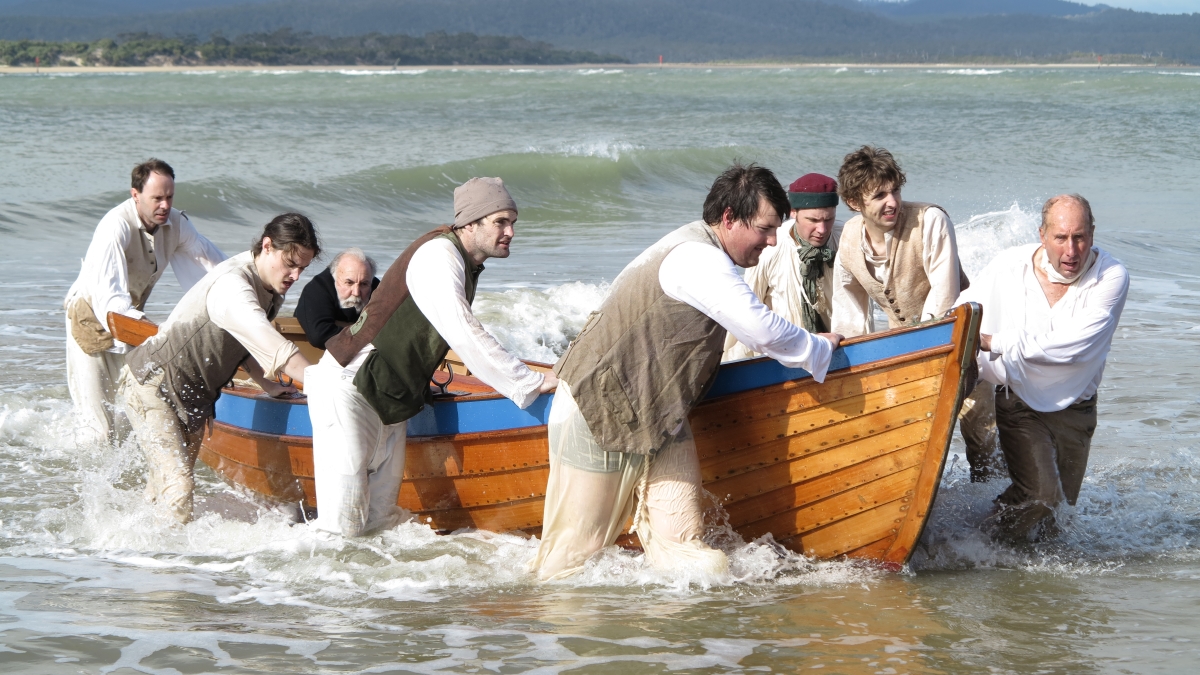
After escaping the sinking ship, a group of 17 crewmembers set out from Preservation Island in an open boat, like the one in this recreation, to try and reach the colony at Port Jackson.
They made the first crossing by Europeans of Bass Strait, between Tasmania and the Australian mainland, but their boat was wrecked on the mainland coast.
Just three of the crewmembers survived to reach Port Jackson in May 1797, after two shipwrecks and a 400-mile (600 kilometers) trek through often dangerous, unknown country.
Get the world’s most fascinating discoveries delivered straight to your inbox.
History celebrated
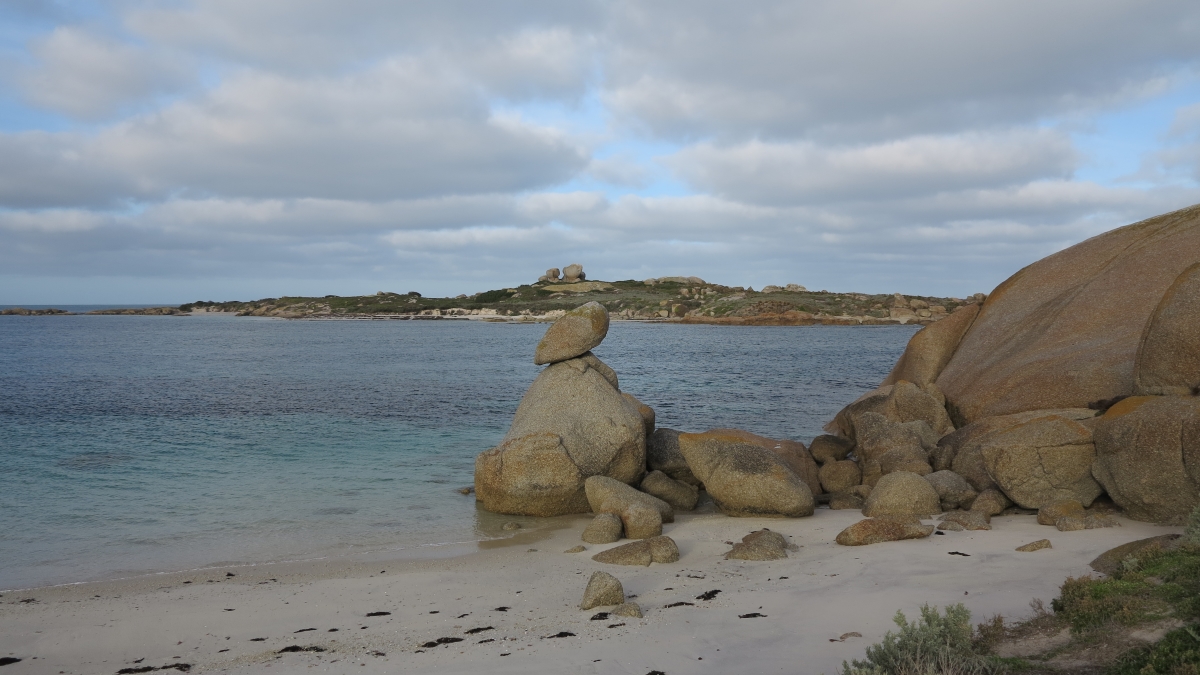
In 1977, the wreck of the Sydney Cove was rediscovered off the shore of a beach on Preservation Island.
The shipwreck was excavated by marine archaeologists in the 1990s, and today it is one of Australia's most celebrated shipwrecks.
Alcoholic artifacts
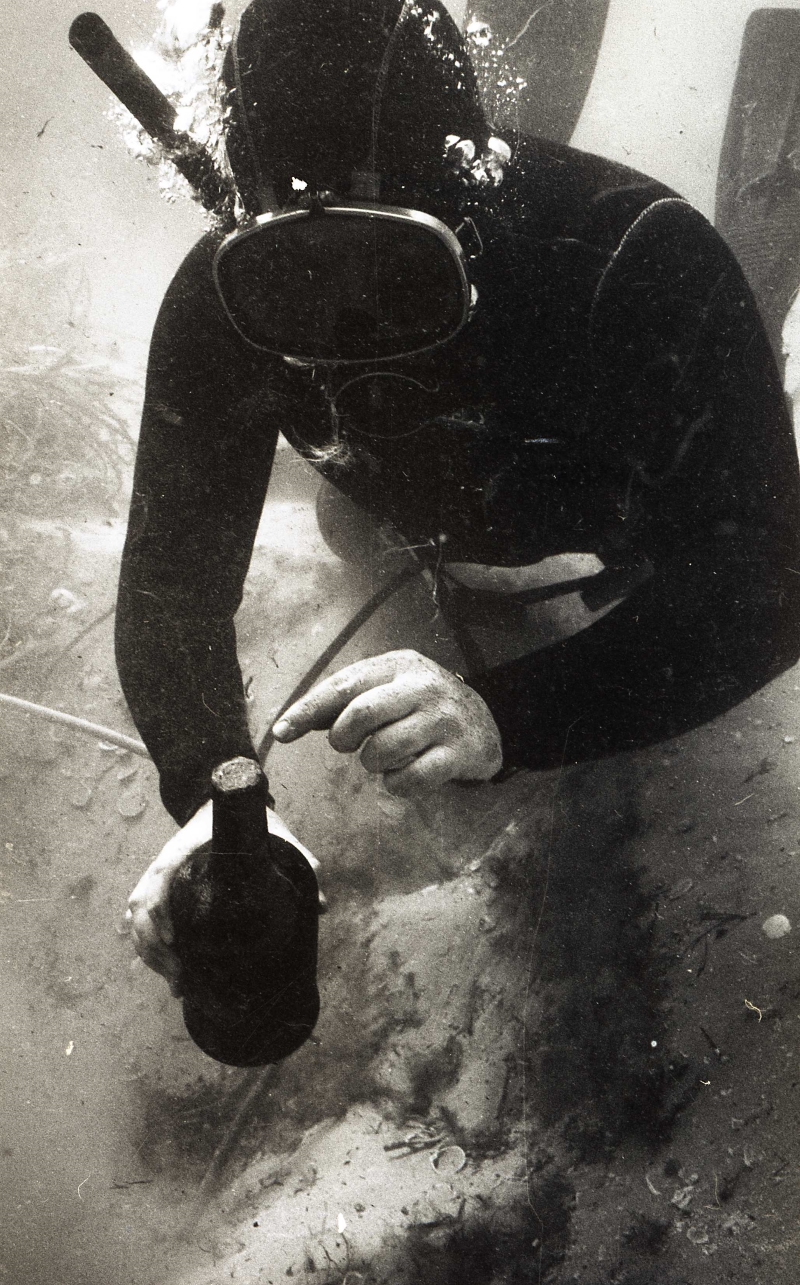
Among the remains of luxury goods found in the hold of the shipwrecked Sydney Cove were 26 bottles of beer, as well as bottles of wine, brandy and spirits.
Some of the beer bottles still contained beer, and archaeologist decanted contents of one of the bottles into two samples, which were put in storage at the Queen Victoria Museum in Launceston in Tasmania, where the collection of artifacts from the wreck are kept.
Rediscovery
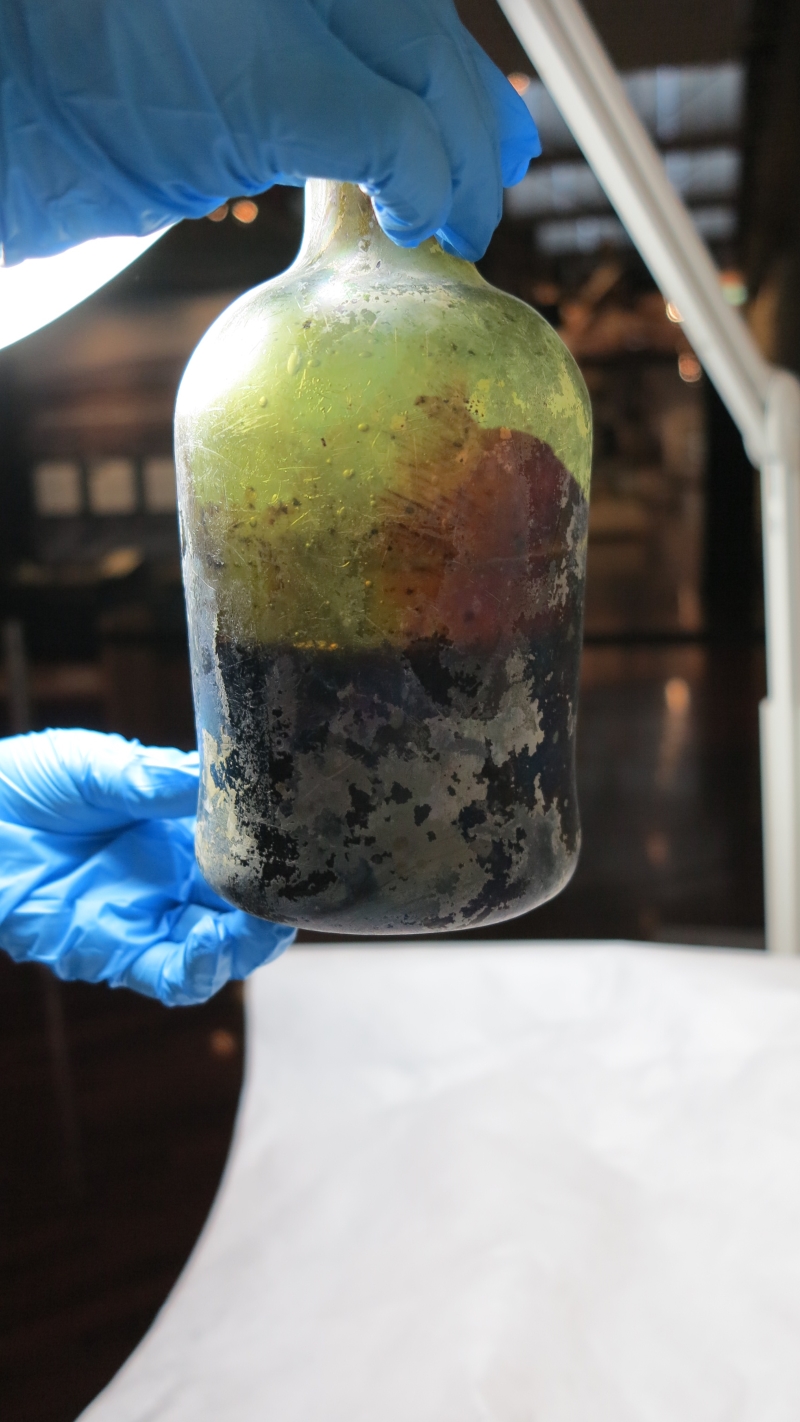
Conservator and chemist David Thurrowgood of the Queen Victoria Museum rediscovered one of the unopened bottle of beer in the museum's storage area about two years ago.
Collecting ingredients

Although samples taken from the unopened bottle by syringe were found to contain no living microorganisms, the researchers have been able to revive yeast and bacterial microbes from the samples taken from one of the other bottles from the wreck.
Samples
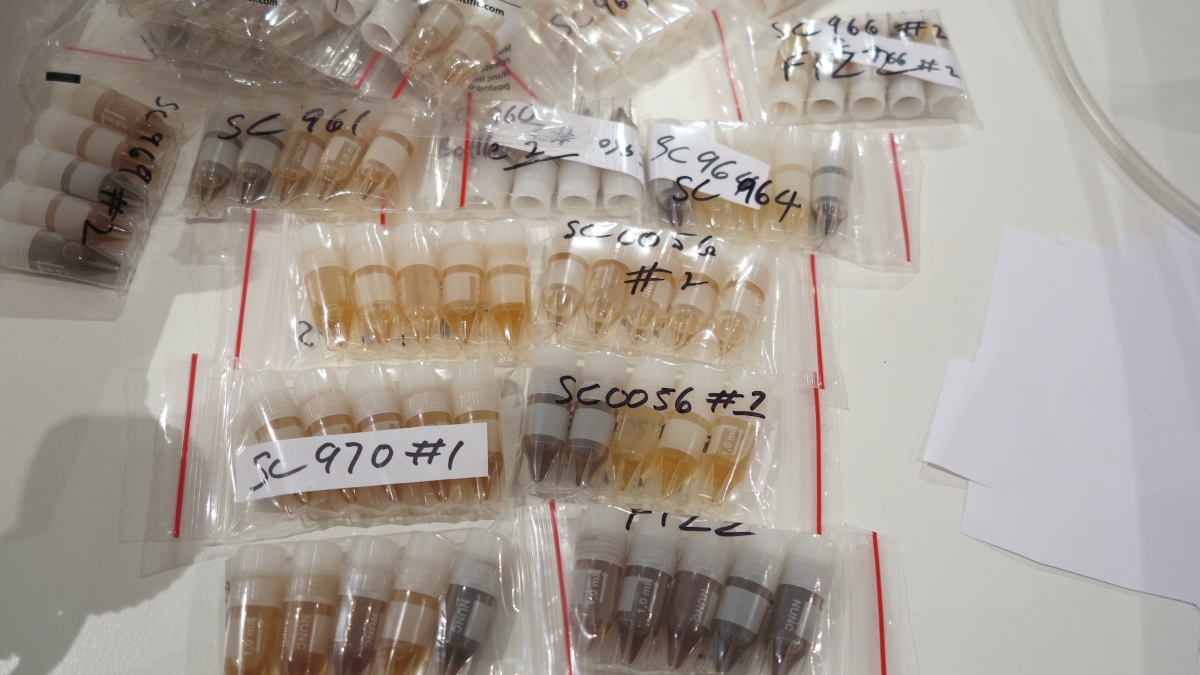
So far, the researchers have been able to revive five strains of yeast from the 220-year-old shipwrecked bottle of beer.
Connected contents
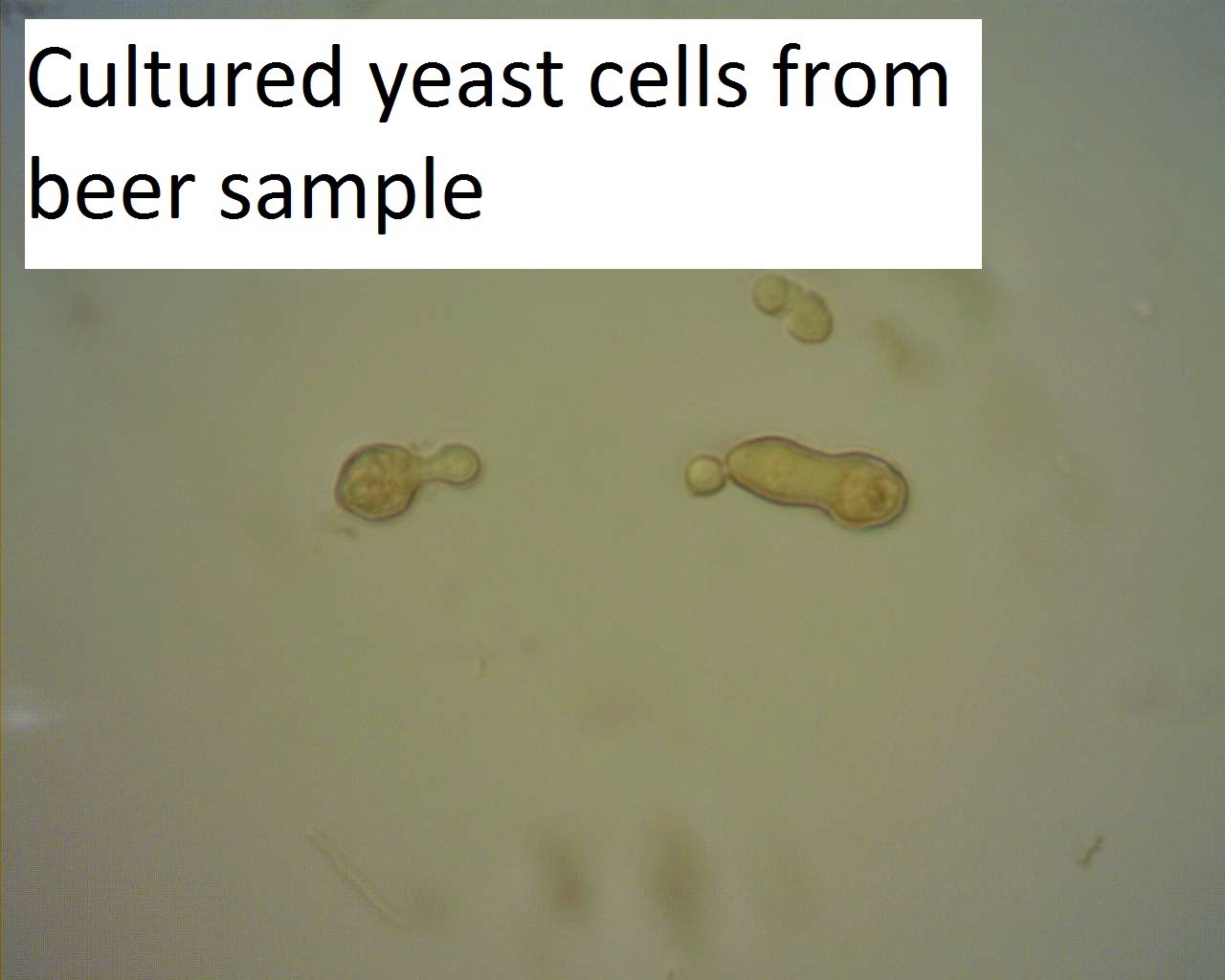
Analysis of the genetic DNA of the yeast microbes in the shipwrecked beer shows they are related to yeast strains used in Trappist beers brewed in monasteries in Europe.
Historical diets

The researchers were also able to revive several different species of bacteria from the 220-year-old beer.
They now plan to map the DNA of each microbe species in an effort to learn more about the microbes in human diets before the Industrial Revolution in Europe.
Unique taste
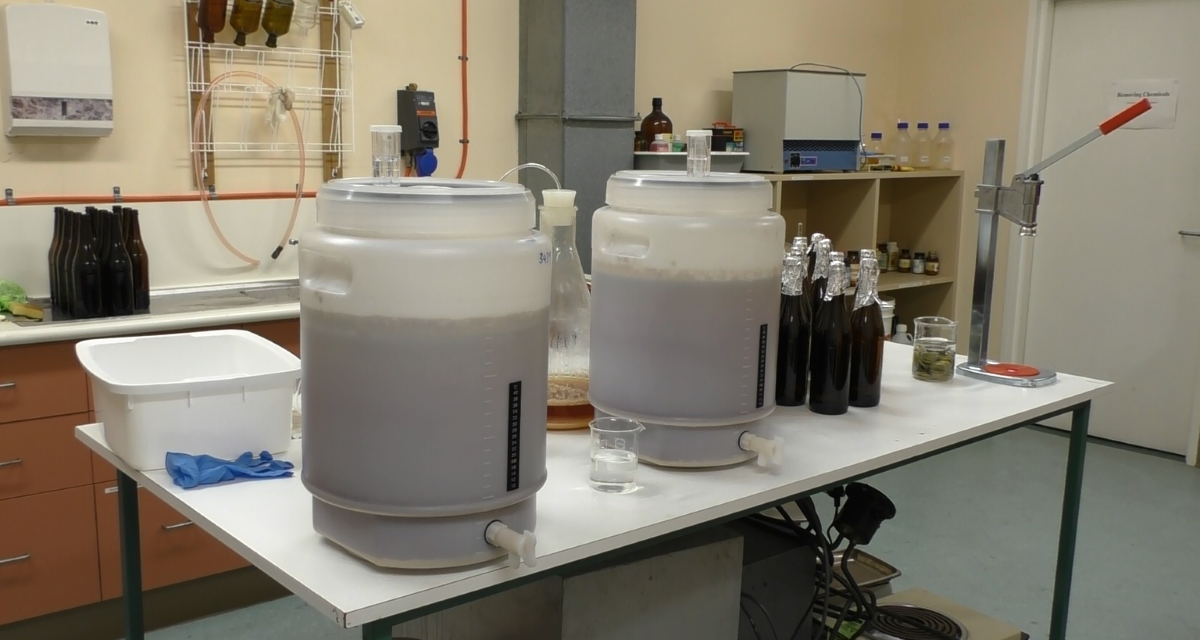
The strongest growing yeast species recovered from the shipwreck of the Sydney Cove has now been used to grow a laboratory batch of beer, based on an English recipe of the time.
The researchers say the reanimated yeast gives the experimental beer a distinctive sweet or fresh taste, a bit like apple cider.
Tom Metcalfe is a freelance journalist and regular Live Science contributor who is based in London in the United Kingdom. Tom writes mainly about science, space, archaeology, the Earth and the oceans. He has also written for the BBC, NBC News, National Geographic, Scientific American, Air & Space, and many others.


